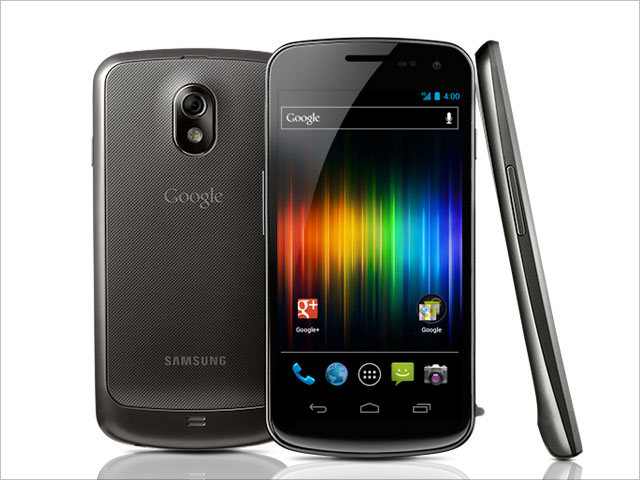news Analyst firm IDC’s ANZ Quarterly Mobile Devices Tracker released this week showed that Samsung has overtaken Apple to claim the No. 1 spot in the Australia and New Zealand (ANZ) mobile phone market. Samsung has been growing rapidly and has shown continuous growth for the past three quarters in the ANZ market.
Overall, the Australian mobile phone market went down by 17%, quarter on quarter (QoQ), across all phone categories including smartphones. Smartphones hold 65% of the Australian market share of mobile phones in general. In Q3, Android has been the leader in mobile operating systems holding 49% of the smartphone market share with Apple following at 36%. Apple’s second position is largely because it slowed down shipments to prepare for the launch of the iPhone 4S.
IDC market analyst Yee-Kuan Lau said “Collective efforts to expand brand presence from all Android manufacturers at all price points will increase consumer choice and drive demand, which in turn will help Android grow to at least 40% [total mobile phone] market share over the next 3 years. Samsung has climbed to the No. 1 position as a result of a strong push for its Galaxy S II.” In comparison, the Android-based tablets did not do as well as market leader Apple in Q3 2011 in the ANZ market.
While Australia witnessed a dip, New Zealand saw a spike of 55% QoQ growth in Q3 2011. Smartphones account for 43% of the mobile phone market and Samsung has a market share of 28.5%. Huawei is in second position with a 20% market share and Apple is in third position with 13%. Samsung capitalised on the slowdown in Apple’s shipments to push their top models like Galaxy S II and Galaxy 5 and obtained good results. Lau also said that “Huawei continues to expand its local market presence and contributed to the growth in sub-US$200 smart phones with its U8180 Ideos X1 model sold via Telecom [NZ].”
The Android operating system can operate on many low-cost smart phones and is quickly becoming the choice of cost-conscious customers. Lau said that “In Australia for example, the shift in demand from feature phones has helped boost sales in the sub-US$150 segment with low-cost Android smartphones such as Huawei U8180 Ideos X1, especially when 90% of feature phones were priced below US$150.”
IDC experts are expecting a close year-end battle between Apple and Android for OS supremacy in the Australian smartphone market and are predicting that Android will win by a whisker. In New Zealand, Android smartphones are expected to maintain and expand their leading position. Almost 9.5 million smartphones will be shipped to the ANZ market by the end of 2011.
Samsung may also get a boost with the launch last week in Australia of the Galaxy Nexus. The device, available through all of Australia’s major carriers, is the first smartphone to run version 4.0 of Google’s Android platform, dubbed ‘Ice Cream Sandwich’, which features a number of improvements over the previous ‘Gingerbread’ version of the platform — ranging from an improved user interface to better multitasking, system and application notifications, to the ability to respond quickly by text message when an incoming call arrives, a voice recognition engine, better camera, voicemail and calendar handling and facial recognition features for unlocking the screen.
Image credits: Samsung


One aspect that just occurred to me, is app stores.
Apple need to consider an iPhone mini that is cheaper and lower powered. Many users unconvinced by the need for a smart phone will get lower priced models, and upgrade to one that is familiar, or compatible with all the apps they have already purchased.
Apple misses out on all of this, hoping their marketing will convince people to go with them because they claim they are better from the start. It works on those that can afford it, but there is a bigger market near the bottom.
You do realise Apple are still selling the 3GS?
http://store.apple.com/au/product/IPHONE3GS_8GB
They have a low-end phone option.
While its cheapish….. its also a old model, with crappy specs. Its also 3 models behind the current model and no right apple user should be seen with a OLD apple model.
Its a issue apple has created themselves, users must have the latest and greatest models as soon as they are released, so pulling out the iPhone 3GS as cheap model doesn’t cut it with the cool crowd.
Comments are closed.